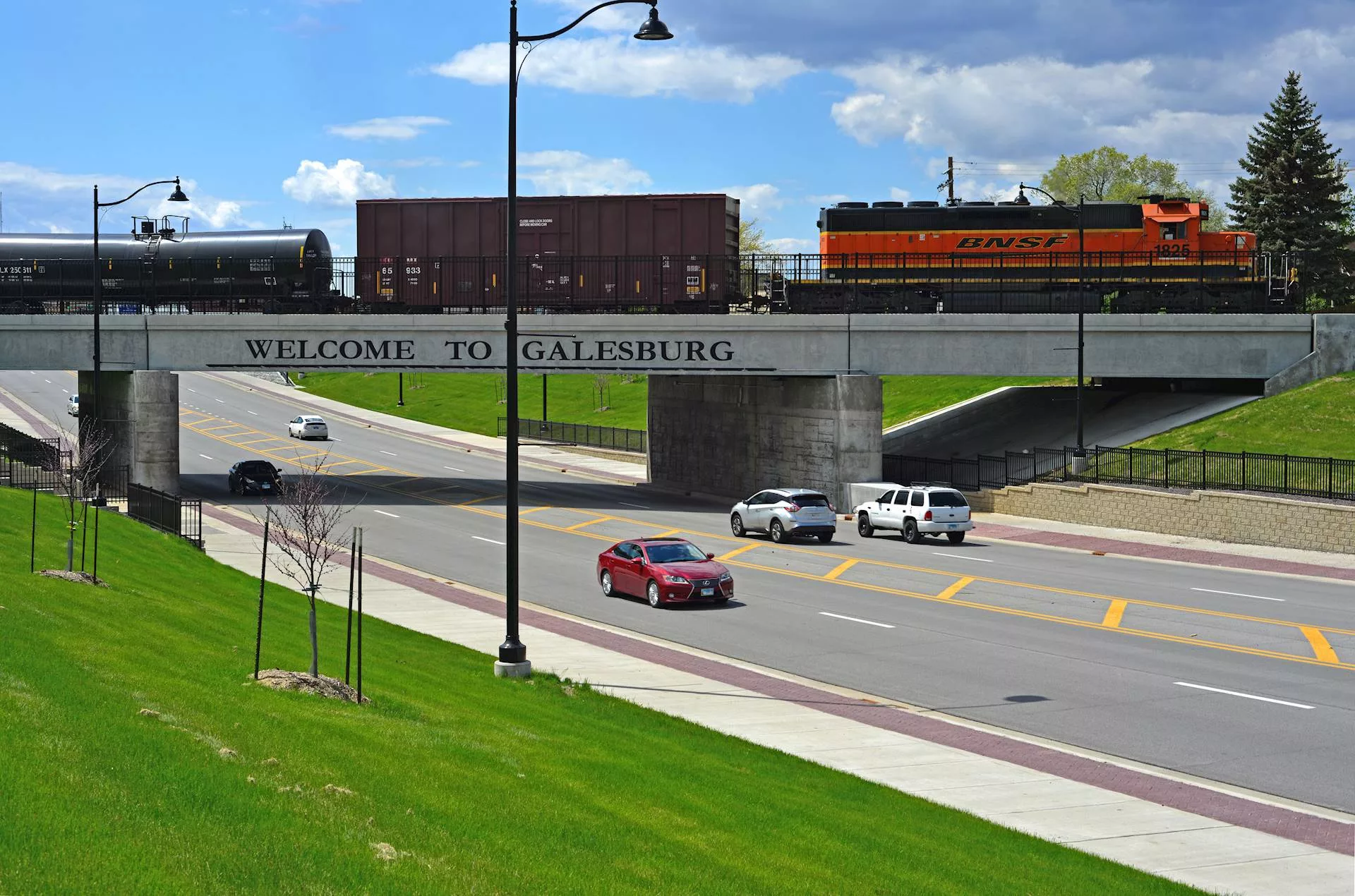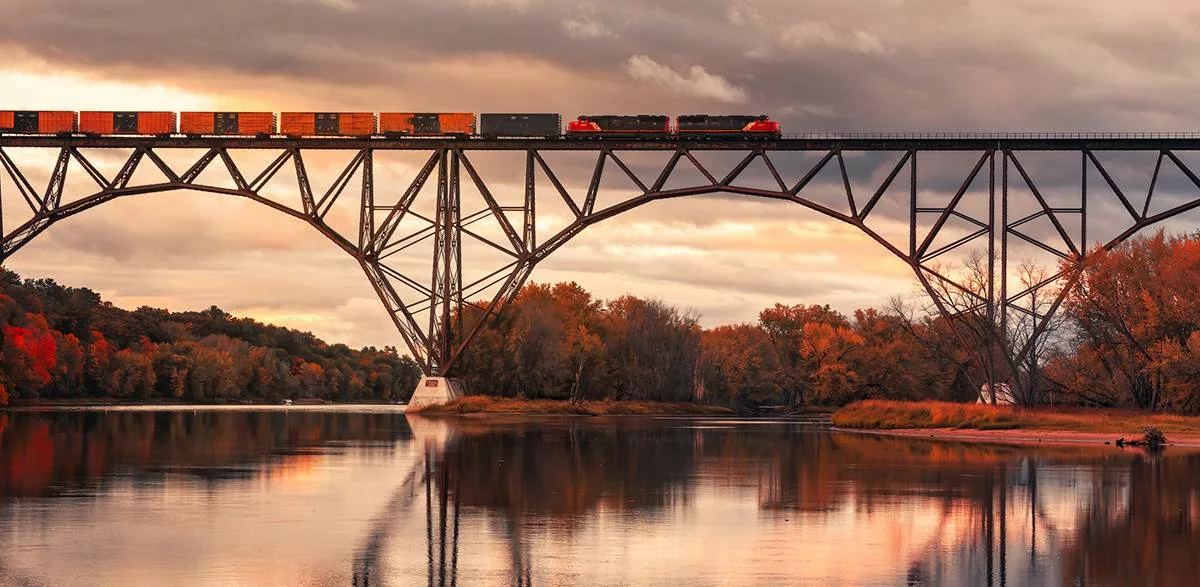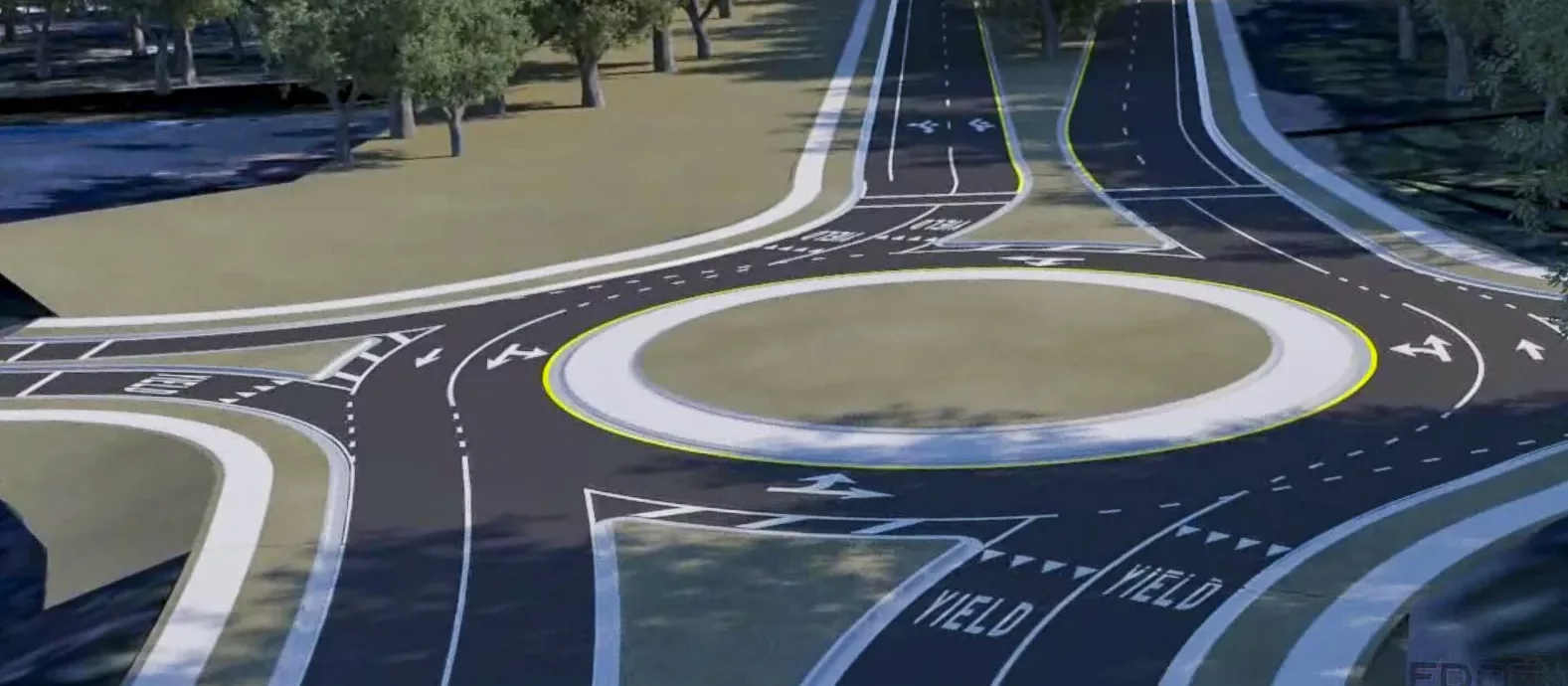
Many of you may be excited for the change of season as fall is now upon us. Bonfires, pumpkin spice and breaking out the flannel are all welcomed signals that we have made it through summer and are transitioning to winter. As we make these adjustments to cooler temperatures, so are our animal neighbors. Some are digging their burrows, some are eating and others are migrating to where it is summer year-round. For those creatures that remain here at home, their winter habitats and activities may affect how you plan your rail project. Two federally protected bat species are common species to consider in the rail industry.
The Indiana bat (federally endangered) and northern long-eared bat (federally threatened) may be found in most of the Midwestern and Eastern parts of the U.S., but populations have been declining across the country. During the summer, these bats use cavities and crevices in live and dead trees to roost. During these warmer months, many regulatory agencies have established that cutting down potential roosting trees is prohibited.
However, when temperatures begin to drop, the bats return to caves for winter hibernation. It is during this time that regulatory agencies allow the removal of unoccupied roosting trees. The timing of these restrictions may vary based on the state and location of the project but generally allow for tree removal from mid-fall to early spring.
Roosting trees are commonly found alongside railroad tracks. Planning tree removal outside the summer restriction can help avoid delays in your rail project. If you have questions about tree clearing or suspect your rail project may affect bats, please contact environmental permitting specialists Eric Stegmann at estegmann@hanson-inc.com or Jennifer Sunley at jsunley@hanson-inc.com.





